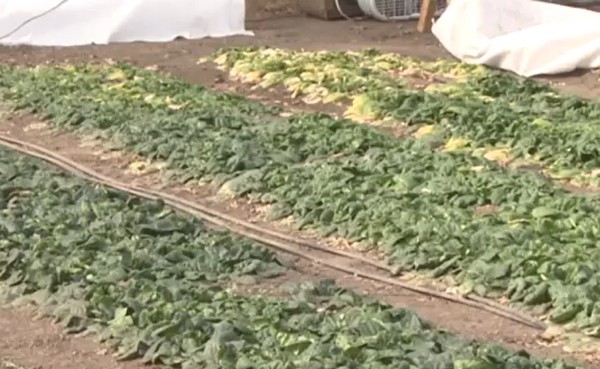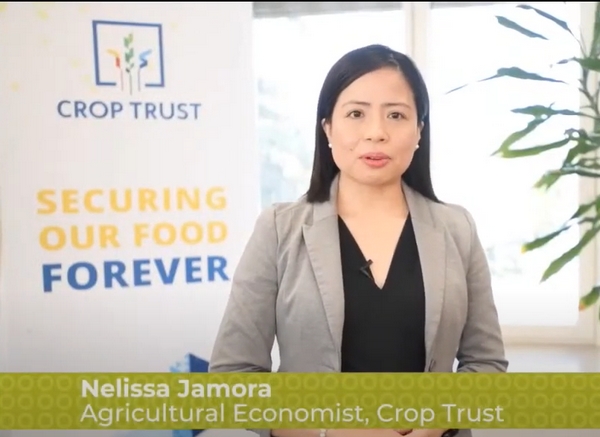#Microgreens #Agriculture #Farming #VerticalFarming #GreenhouseFarming #MarketTrends #AgriculturalInnovation #SustainableAgriculture #Nutrition #FoodIndustry
Microgreens, the young and vibrant shoots of edible plants, are not just a passing trend but a burgeoning market set to transform the agricultural landscape. According to a recent report by Allied Market Research, the global microgreens market is poised for remarkable growth, with revenues projected to surge from $1.3 billion in 2019 to a staggering $2.2 billion by 2028, boasting a robust Compound Annual Growth Rate (CAGR) of 11.1%.
The unprecedented rise of microgreens can be attributed to several factors driving their popularity and commercial viability. One significant driver is the increasing consumer preference for healthy, fresh, and nutrient-rich foods. Microgreens, packed with vitamins, minerals, and antioxidants, have emerged as a favored choice among health-conscious individuals, culinary enthusiasts, and chefs alike.
Moreover, the rise in protected cultivation, including indoor vertical farming and greenhouse methods, has revolutionized microgreens production, enabling year-round cultivation in controlled environments. This technological advancement not only ensures consistent quality and yield but also mitigates the risks associated with traditional farming practices, such as adverse weather conditions and pest infestations.
The market segmentation reveals a diverse array of microgreens varieties, cultivation methods, and end-user segments. From broccoli and arugula to basil and radish, the market offers a wide range of options catering to different culinary preferences and dietary needs. Indoor vertical farming and commercial greenhouses have emerged as the preferred cultivation methods, offering scalability, efficiency, and sustainability.
In addition to consumer demand, government support and incentives have further bolstered the expansion of the microgreens market. Subsidies and technical assistance provided to greenhouse farmers have encouraged investments in modern farming infrastructure, driving the adoption of advanced technologies and practices.
Regionally, Europe stands out as a key market for microgreens, witnessing substantial growth fueled by the proliferation of startups and innovative farming ventures. Startups like Infarm, with its vertical farming technology, are reshaping the food supply chain, bringing fresh produce closer to consumers and fostering sustainable agricultural practices.
Key players in the microgreens industry are actively pursuing strategies for market expansion and differentiation. Product innovation, business expansion, and strategic partnerships are among the key initiatives undertaken by industry leaders to enhance their market presence and gain a competitive edge.
The microgreens market represents a paradigm shift in agriculture, offering lucrative opportunities for farmers, agronomists, and agricultural entrepreneurs. With its promising growth trajectory and transformative potential, the microgreens industry is poised to redefine the future of farming and food production, driving innovation, sustainability, and nutritional excellence.










